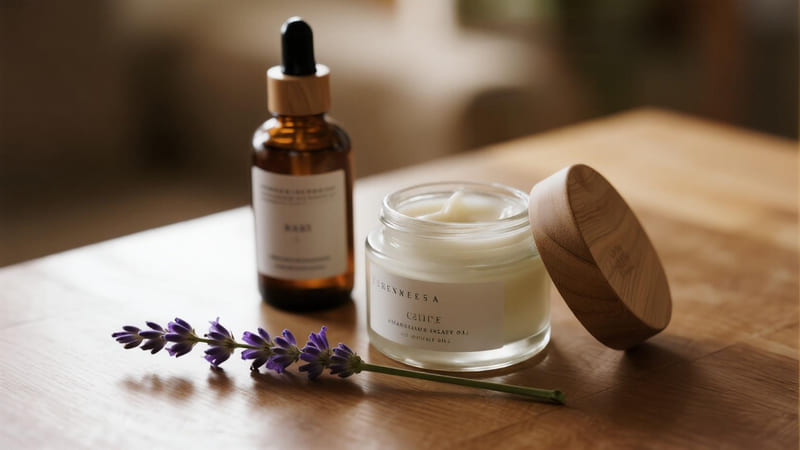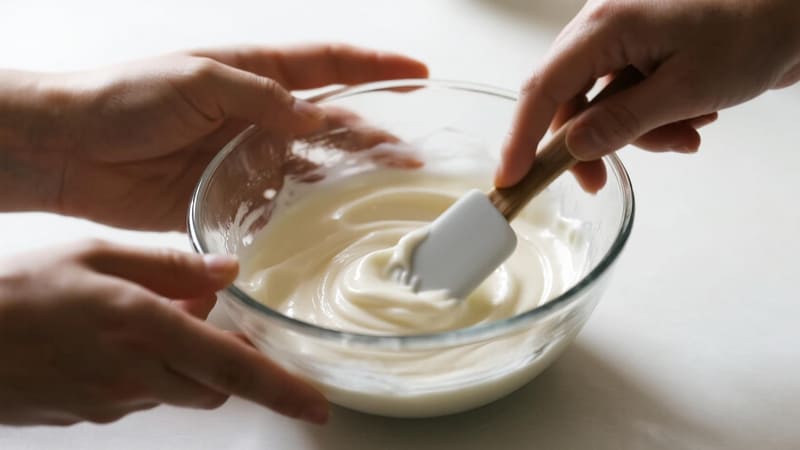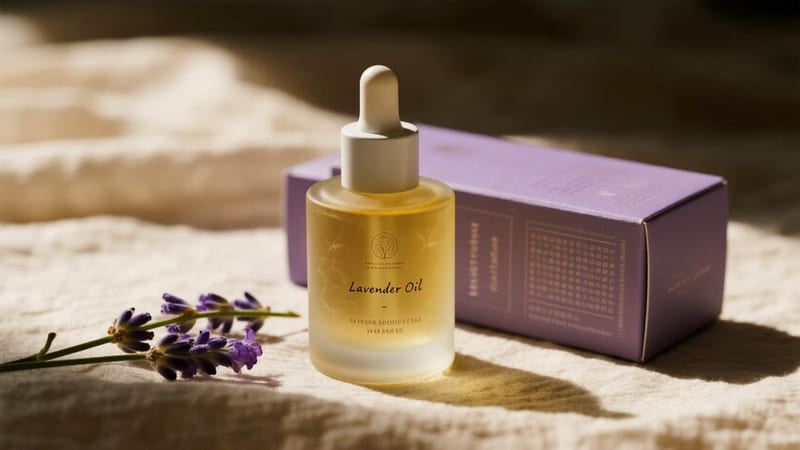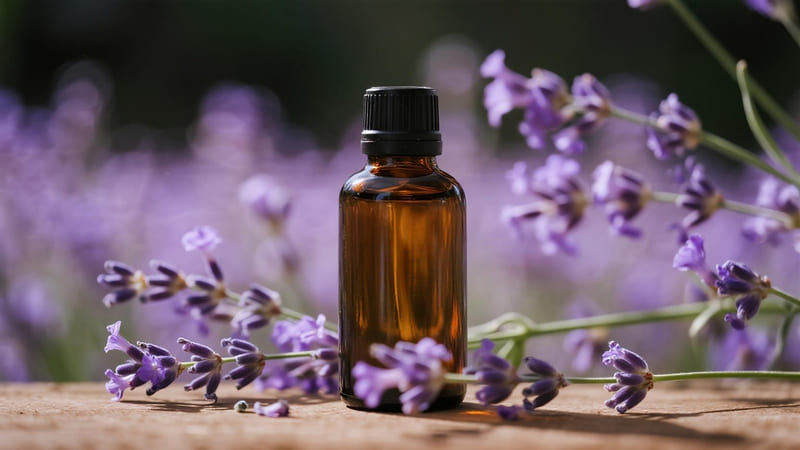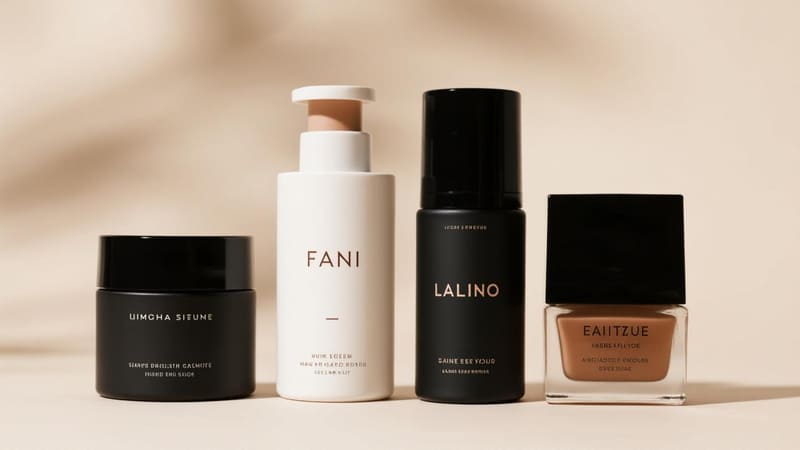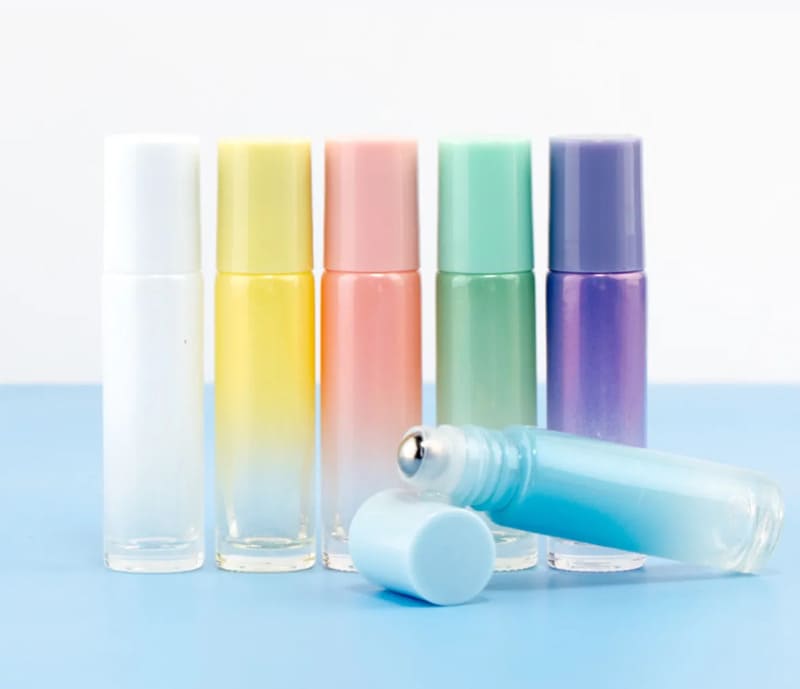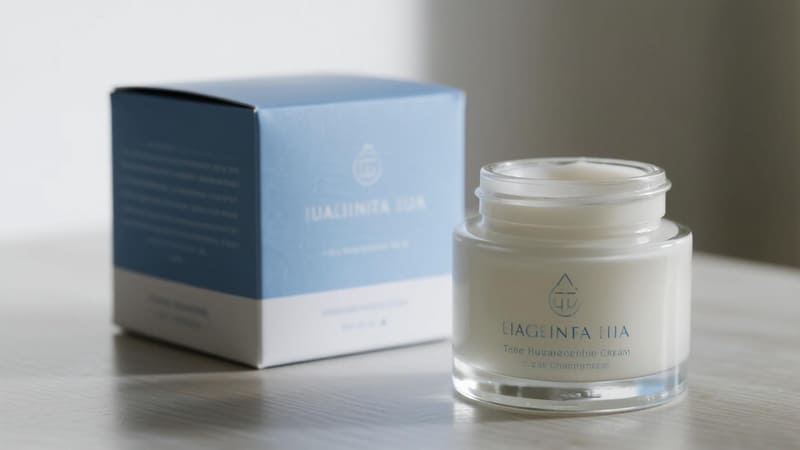Struggling to enhance your cream safely? Adding ingredients incorrectly can ruin your product or harm your skin. I’ll show you the right way to do it for great results.
Yes, you can absolutely mix lavender oil with your cream. For the best and safest results, you must dilute it properly. A good starting point is adding 1-2 drops of pure lavender essential oil for every ounce (or 30ml) of your face or body cream.
So, you know it’s possible, but just adding a few drops isn’t the whole story. The type of cream you use, the quality of the oil, and even the container you store it in all play a huge role in the final outcome. To get that perfect, beneficial blend, you need to understand the details. Let’s break down exactly how to do it, what benefits you’ll see, and what to watch out for to ensure you do it right.
How do I properly mix lavender oil into my cream?
You have your oil and cream ready to go. But just dumping them together might create a clumpy, separated mess that doesn’t work. Let’s follow a simple process for a perfect blend.
To mix properly, always start with a patch test on your skin. Once you know it’s safe, put your desired amount of cream in a clean, sanitized bowl. Add 1-2 drops of high-quality lavender oil per ounce of cream, then mix thoroughly with a clean spatula.
Getting a smooth, stable mixture is the goal. The process is simple, but the details matter. I’ve seen many brands struggle with this, so let’s get it right.
The Step-by-Step Mixing Guide
First, consider your cream’s base. If it’s an oil-based cream, the lavender oil will mix in easily. If it’s a water-based cream, you need to be careful. Adding too much oil can break the emulsion, causing the cream to separate. Stick to the recommended dilution to avoid this.
Here is a simple guide for dilution:
| Amount of Cream | Drops of Lavender Oil | Use Case |
|---|---|---|
| 1 ounce (30ml) | 1-2 drops | Face Cream |
| 2 ounces (60ml) | 3-5 drops | Body Cream |
| 4 ounces (120ml) | 6-10 drops | Body Butter/Lotion |
The final step is storage. This is where my expertise in packaging really comes in. Lavender oil can degrade some plastics over time, leaching unwanted chemicals into your beautiful cream. I always advise my clients to use glass jars, especially amber or cobalt blue ones, as they also protect against UV light. If you prefer plastic, make sure it’s high-quality PET plastic. For a premium product, an airless pump jar is the best choice. It prevents air and bacteria from contaminating your cream, keeping it fresh and potent for longer.
What are the benefits of adding lavender oil to cream?
You probably know that lavender has a lovely, calming scent. But are you missing out on its powerful skincare benefits by not adding it to your daily routine? Let’s explore the advantages.
Adding lavender oil to your cream offers many benefits beyond its relaxing aroma. For your skin, it has powerful anti-inflammatory, antibacterial, and antioxidant properties. These can help soothe irritation, fight acne-causing bacteria, and protect your skin from environmental damage that causes aging.
The power of natural ingredients is something my clients value deeply. A client of mine, Anna, who runs a cosmetics brand in Thailand, built an entire product line around the soothing properties of lavender. She knew her customers were looking for effective, natural solutions for sensitive skin. We worked together to create packaging that reflected this purity, using frosted glass jars that protected the delicate formula and gave it a premium feel.
Key Skincare Advantages
Let’s look closer at what lavender oil can do for your skin. It’s not just about the nice smell; it’s a multi-functional ingredient.
- Soothes Irritation: Lavender oil is famous for its calming effects. It can help reduce redness and soothe skin conditions like eczema and general sensitivity.
- Fights Blemishes: Its natural antibacterial properties make it a great ally against acne. It can help kill bacteria on the skin’s surface without being as harsh as some chemical treatments.
- Provides Antioxidant Protection: The oil helps fight free radicals from pollution and UV rays. This protects your skin from oxidative stress, which is a major cause of fine lines and wrinkles.
Here’s a quick summary of which skin types benefit most:
| Benefit | Best For Skin Type(s) | Why It Works |
|---|---|---|
| Anti-inflammatory | Sensitive, Irritated, Eczema | Calms redness and reduces inflammation. |
| Antibacterial | Oily, Acne-Prone | Helps prevent breakouts by killing bacteria. |
| Antioxidant | All Skin Types, Mature | Protects against premature aging. |
| Aromatherapy & Calming | All Skin Types | Reduces stress, which can trigger skin issues. |
Are there any risks when adding lavender oil to cream?
You’re excited to try your new lavender-infused cream. But using it incorrectly could lead to skin irritation, allergic reactions, or even ruin your favorite product. You need to understand the risks to avoid them.
Yes, there are some risks. The main concern is skin irritation or an allergic reaction, especially if the oil is not diluted enough. It can also make your cream’s formula unstable, potentially shortening its shelf life. Always do a patch test before full use.
Safety and stability are the top priorities in cosmetic formulation. I remember working with Mohammed, a client from Iraq who creates custom soap and cream sets. He wanted to add essential oils to a cream for a client, but was worried about it going bad. We discussed these risks, and it highlighted how crucial both the formula and the final packaging are for a successful product.
Potential Issues and How to Avoid Them
Being aware of the potential problems is the best way to prevent them. Here are the main things to watch out for.
- Skin Sensitivity: Essential oils are highly concentrated. Applying lavender oil without enough dilution can cause redness, itching, or a rash. This is why a patch test is not optional—it’s essential. Apply a small amount of your mixed cream to your inner arm and wait 24 hours to see if there is a reaction.
- Formula Instability: Your cream is a balanced emulsion of oil and water. Adding more oil can throw off this balance, causing the product to separate, change texture, or spoil faster. Stick to the low dilution ratios I mentioned earlier to maintain the cream’s integrity.
- Packaging Problems: This is a risk people often forget. Potent essential oils like lavender can react with and break down certain types of plastic, especially cheap or generic ones. This can contaminate your cream.
Here’s how to manage these risks effectively:
| Risk | Solution |
|---|---|
| Allergic Reaction | Always perform a 24-hour patch test on a small area of skin before applying to your face or body. |
| Formula Separation | Do not exceed a 1-2% dilution. Mix thoroughly in a separate container before putting it back in its final jar. |
| Packaging Degradation | Store your cream in a glass, PET plastic, or airless pump container. Avoid unidentified or low-quality plastics. |
| Photosensitivity | While low for lavender, it’s wise to use sunscreen during the day when using any new active ingredient on your skin. |
Conclusion
Mixing lavender oil into your cream is a great idea if done correctly. Just remember to dilute properly, always patch test, and use the right packaging to enjoy all the benefits safely.

